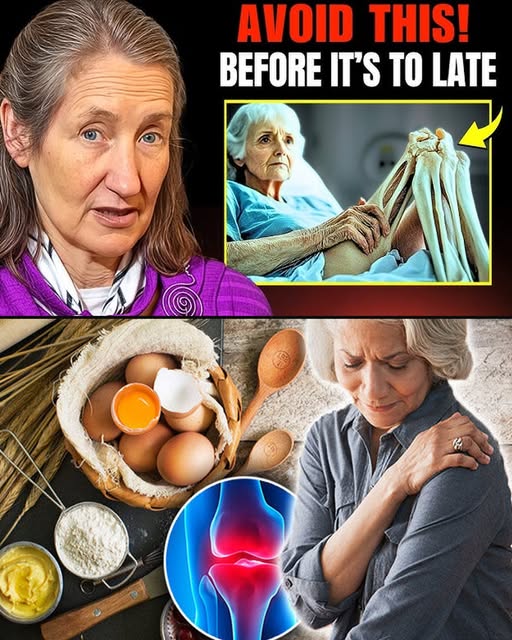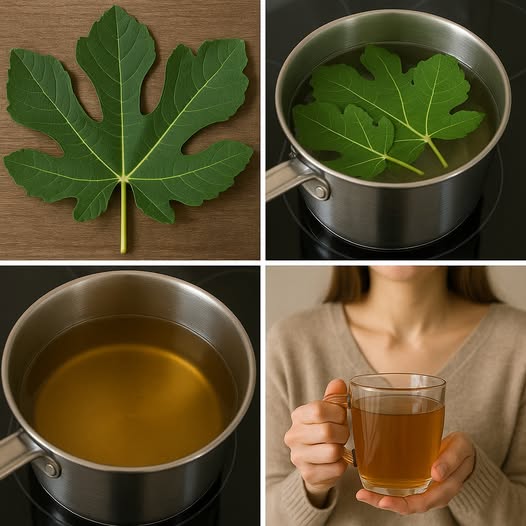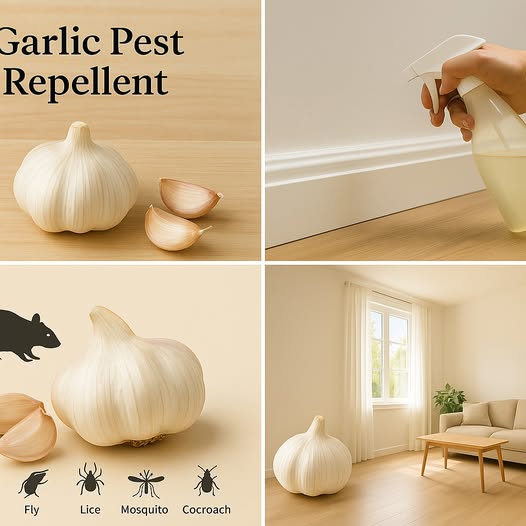Introduction:

Joint discomfort isn’t just a minor annoyance—it can significantly impact your productivity, mobility, and overall quality of life. Whether it’s stiff knees in the morning or aching wrists after a long workday, joint issues affect millions worldwide. According to the CDC, nearly 1 in 4 adults in the U.S. suffer from doctor-diagnosed arthritis, and countless others experience undiagnosed joint pain.
But here’s the good news: natural solutions exist—and many are surprisingly simple. You don’t have to rely solely on pharmaceuticals to find relief. By embracing science-backed natural tips, you can reduce inflammation, improve flexibility, and support overall joint health—starting today.
In this guide, we’ll break down 9 powerful, natural tips to support joint comfort and mobility, answer frequently asked questions, and offer actionable insights that you can easily incorporate into your daily routine.
1. Omega-3 Fatty Acids: The Anti-Inflammatory Powerhouse
Omega-3 fatty acids found in fish oil, flaxseeds, and chia seeds are potent natural anti-inflammatories. They work by reducing the body’s production of inflammatory compounds such as cytokines and prostaglandins, which are key culprits in joint pain.
Stat Alert: A study published in Rheumatology found that participants who took 2.6g of fish oil daily experienced significant reductions in joint tenderness and morning stiffness.
Pro tip: Take high-quality omega-3 supplements or add 2–3 servings of fatty fish (like salmon or mackerel) to your weekly meal plan.
2. Turmeric & Curcumin: The Golden Joint Defender
Turmeric, a bright yellow spice, contains curcumin, a compound proven to reduce inflammation comparable to some over-the-counter pain medications—without the side effects.
Fast Fact: In a 2016 study, patients with osteoarthritis who took 1000mg of curcumin daily showed pain relief similar to those taking ibuprofen.
How to use it:
- Add turmeric to teas, smoothies, or curries.
- Take curcumin supplements with black pepper extract (piperine) to enhance absorption by up to 2000%.
3. Stay Active—But Choose Low-Impact Exercises
Contrary to common belief, movement helps—not hurts—your joints. Low-impact exercises such as swimming, cycling, yoga, and walking can strengthen the muscles surrounding your joints and improve flexibility.
Expert Insight: The Arthritis Foundation recommends 150 minutes of moderate exercise per week for adults with joint pain.
Actionable Tip: Start with 15-minute walks or gentle stretching in the morning to reduce stiffness and build consistency.
4. Collagen & Gelatin: Nature’s Joint Lubricants
Collagen is the most abundant protein in your body and is vital for maintaining cartilage health. Gelatin, derived from collagen, can support joint elasticity and repair.
Study Highlight: A randomized controlled trial found that collagen supplementation significantly reduced joint pain in athletes over a 24-week period.
Add to Your Routine:
- Mix hydrolyzed collagen powder into coffee, smoothies, or soups.
- Consume bone broth regularly—it’s rich in natural collagen and minerals.
5. Maintain a Healthy Weight
Every extra pound places additional pressure on your joints—especially the knees, hips, and back. Losing just 10 pounds can relieve up to 40 pounds of pressure from your knees.
Key Statistic: Obesity is a leading risk factor for osteoarthritis, according to the CDC.
Take Action:
- Incorporate portion control and nutrient-dense foods into meals.
- Follow a Mediterranean-style diet rich in fruits, vegetables, legumes, lean proteins, and healthy fats.
6. Anti-Inflammatory Diet: Eat to Heal
Your diet can be either fuel or fire for inflammation. An anti-inflammatory diet helps fight joint discomfort naturally and supports long-term mobility.
Foods to focus on:
- Leafy greens (spinach, kale)
- Berries (blueberries, strawberries)
- Nuts (walnuts, almonds)
- Olive oil
- Whole grains
Foods to avoid:
- Processed sugars
- Fried foods
- Red meats
- Refined carbs
Quick Hack: Build every plate with the “rainbow rule”—more colorful fruits and veggies mean more antioxidants.
7. Epsom Salt Soaks: Soothe the Pain Away
Epsom salt, rich in magnesium sulfate, helps reduce inflammation, ease muscle tension, and improve circulation.
How to Use:
- Add 2 cups of Epsom salt to a warm bath.
- Soak for 20 minutes 2–3 times a week.
Why it works: Magnesium can penetrate the skin and help relieve stiffness, especially in chronic conditions like arthritis.
8. Herbal Allies: Boswellia, Ginger & Devil’s Claw
Nature offers a wide range of herbal pain relievers with powerful joint benefits:
- Boswellia Serrata (Indian frankincense): Reduces cartilage degradation.
- Ginger: Contains gingerols that have anti-inflammatory effects.
- Devil’s Claw: Studies show it may reduce osteoarthritis-related pain similarly to some NSAIDs.
Tip: Choose standardized herbal extracts with clinical dosages for maximum benefit.
9. Get Quality Sleep: Restore and Regenerate
While you sleep, your body repairs itself—including your joints. Poor sleep increases inflammation and decreases pain tolerance.
Data Point: According to a 2017 study, poor sleep is directly correlated with increased arthritis pain and reduced mobility.
Improve Sleep Quality:
- Follow a consistent bedtime routine.
- Avoid screens 1 hour before bed.
- Limit caffeine after 2 PM.
- Try herbal teas like chamomile or passionflower.
Frequently Asked Questions (FAQs)
Q1: Can joint discomfort be reversed naturally?
Joint damage may not be fully reversible, especially in advanced cases, but natural strategies can significantly reduce pain and improve function.
Q2: How long does it take for supplements like turmeric or collagen to work?
Most people see results in 4–12 weeks, but consistency is key.
Q3: What’s the best natural remedy for arthritis pain?
There’s no one-size-fits-all, but combining anti-inflammatory diet, omega-3s, and curcumin offers powerful synergy.
Q4: Is walking good for joint pain?
Yes! Moderate walking improves circulation, strengthens muscles, and reduces stiffness without high impact.
Q5: Should I avoid exercise if I have joint pain?
No. Always consult your doctor, but gentle, regular movement is generally beneficial and even essential.
Conclusion: Move Freely, Live Fully—Naturally
Joint pain doesn’t have to define your life. By adopting these 9 natural strategies, you’re not only easing current discomfort but investing in a future of better mobility and vitality.
With a strategic blend of smart nutrition, consistent movement, anti-inflammatory habits, and targeted natural supplements, joint relief is not just possible—it’s achievable.
Whether you’re 30 or 70, start today. Every small change builds stronger, more mobile joints tomorrow.
👉 Don’t wait—your joints will thank you. Share this with someone who needs natural relief, and take the first step toward a more comfortable, active life.


